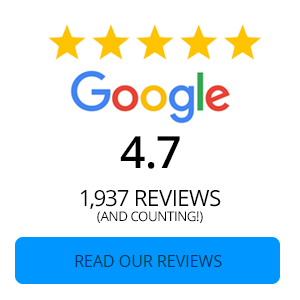Did you know that CVCU provides FREE financial literacy to students in our communities? During those lessons, we are constantly going back to one lesson: Wants and Needs
According to E. Thomas Garman in Financial Stress and Workplace Performance: A colloquium at the University of Wisconsin-Madison:
“…young people in their twenties often spend 120% of their income annually. They have enormous perceived needs and wants—far greater than a generation ago—and their needs and wants are typically supported by their use of credit. “
It doesn’t matter what grade we’re teaching. Kindergarteners through 12th graders need to hear it over and over. We should buy what we need first and if there is money leftover (after putting some aside in savings) then we can buy what we want. Sometimes those wants are so large, that we need to save up for them.
This is the foundational lesson for financial stability at any age. But, it’s far easier said than done, isn’t it? The free spirits out there might think this mentality and discipline is binding and the antithesis of “living.” I think it’s the opposite. The freedom from financial stress that sticking to a budget brings spills over into every aspect of life, allowing the ability to travel, give generously, shop or just have fun when the opportunities arise. When you have a healthy savings account and you’re able to pay expenses each month with no stress, it’s much easier to make the occasional extra purchase or enjoy that spa day on a whim.
If you’re ready to make a budget and stick to it, there are several books that can help you get started. Many of these have an e-book version, as well.
And if you’re a teacher interested in taking advantage of our financial literacy offerings, click here to find out more.

